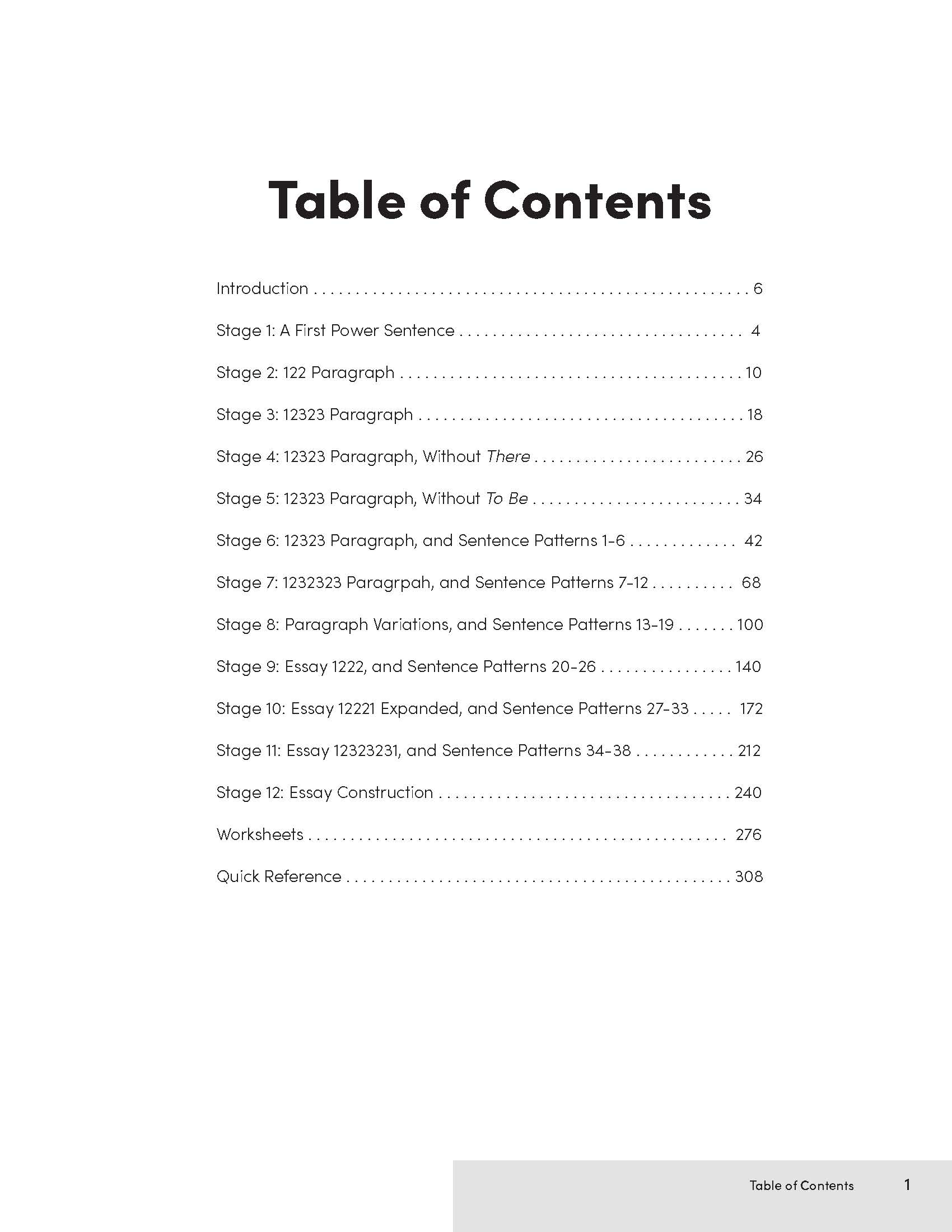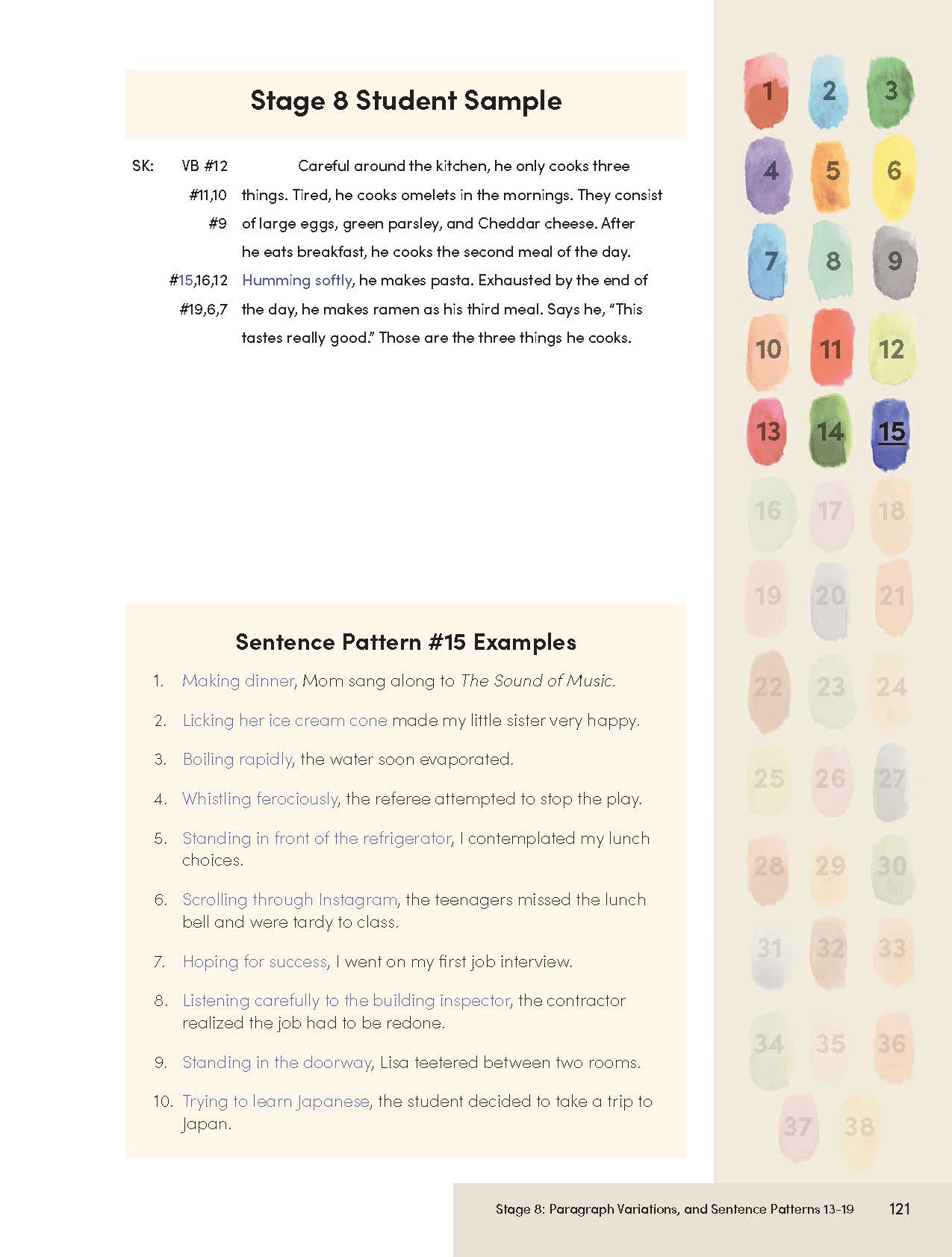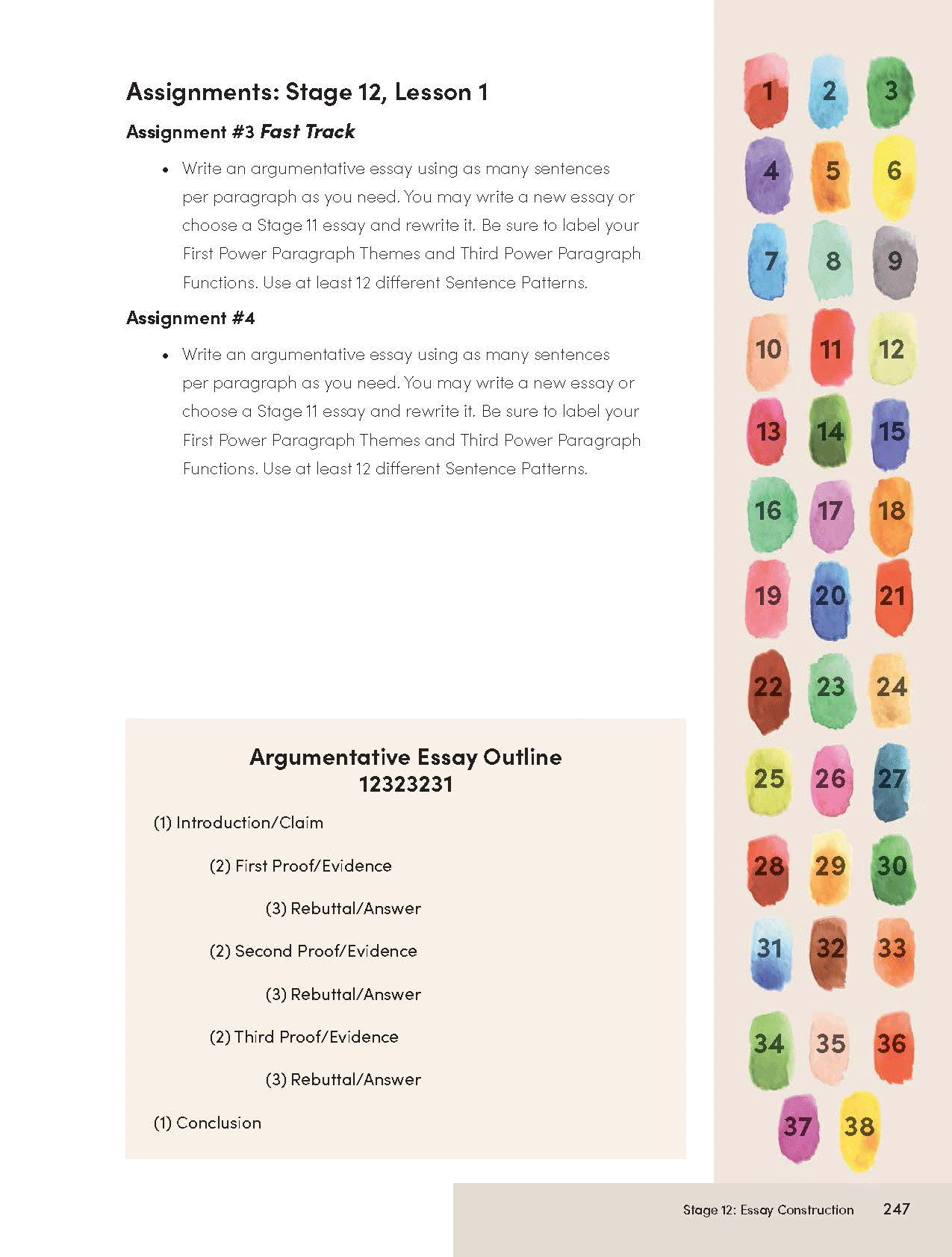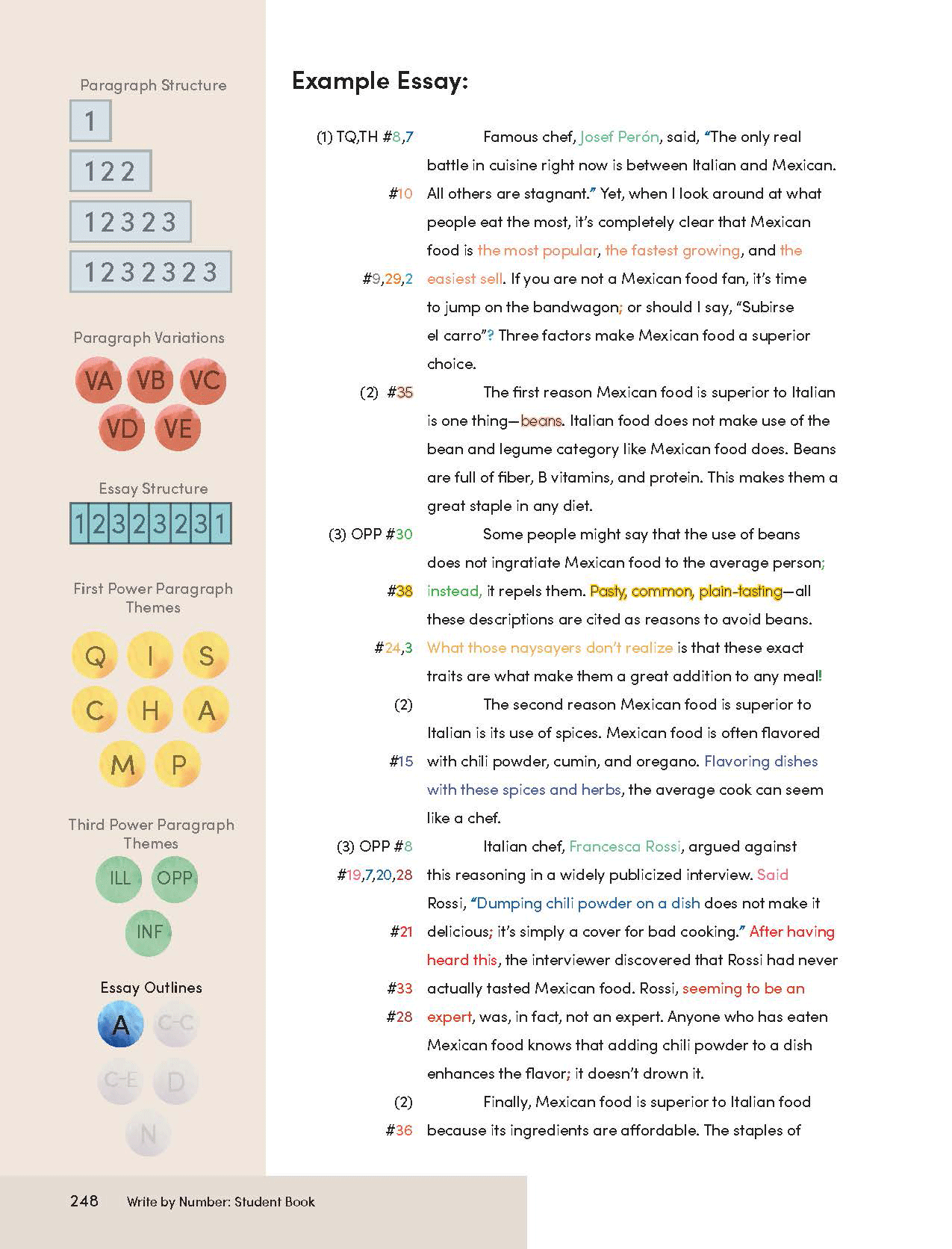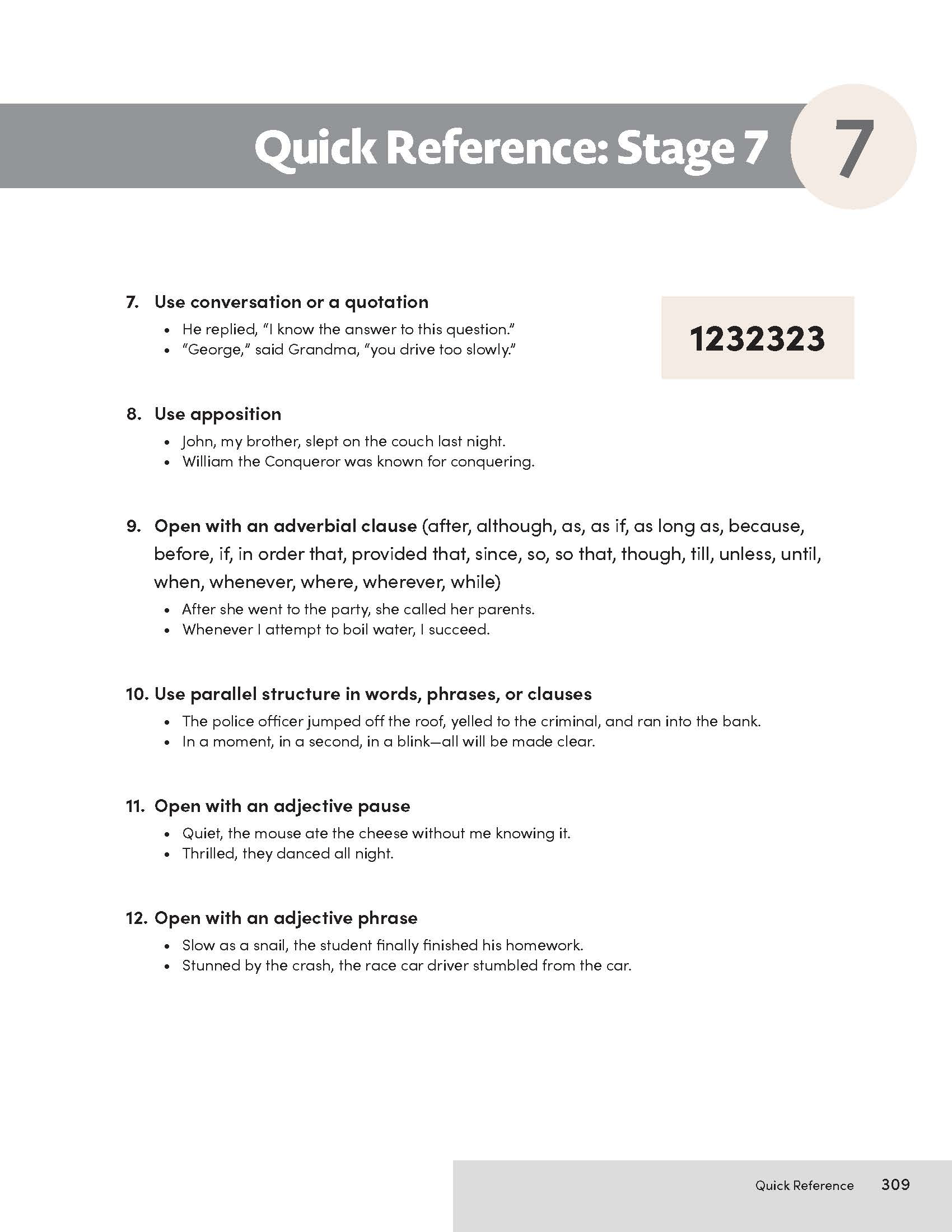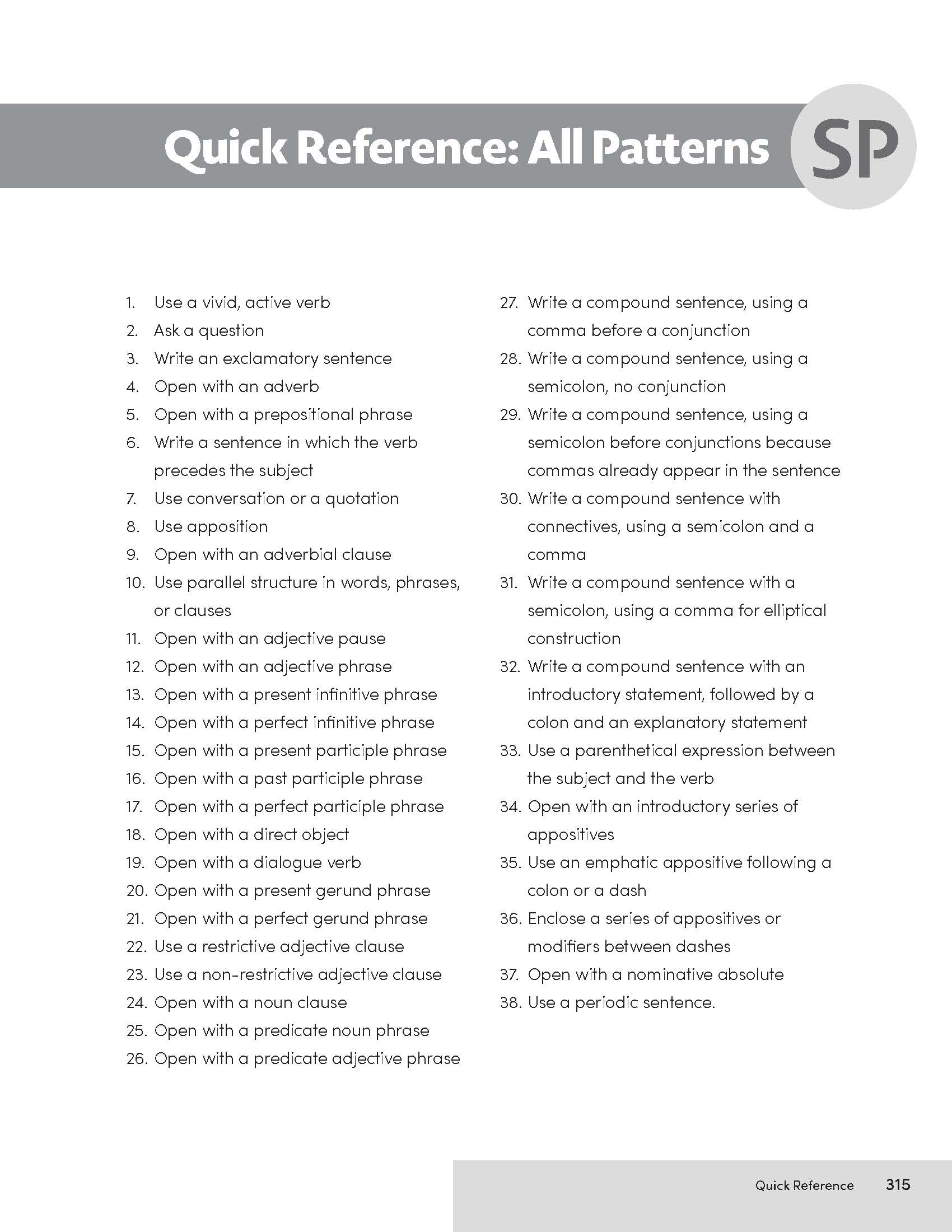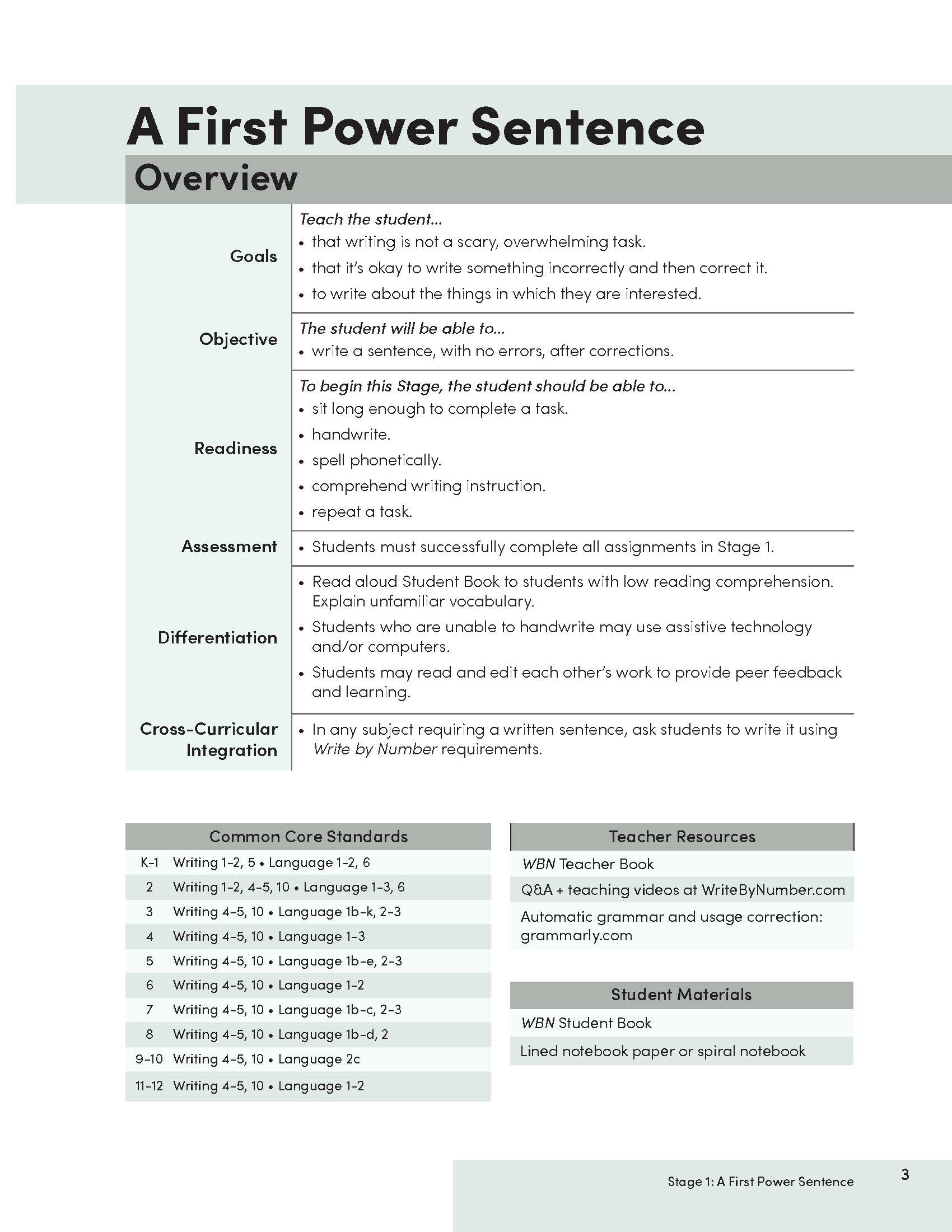GHC Online Convention Exclusive
Free Shipping and 10% Off Your Order
COUPON CODE: GHC10
Valid April 19-June 17, 2020
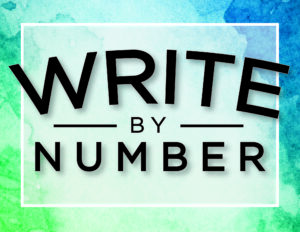
Write by Number
The simplest writing program you'll ever use.
Arriving Spring 2020
Peek Inside
Simple, Enduring Value
For as little as $13 a year, you can teach your student to write using this proven method.
COUPON CODE: GHC10
Simple Format, Simple Package
A full, expository writing program for K-12 in just two books--one for the teacher, one for the student.
Write by Number can be used in any educational setting: homeschooling, traditional classroom, co-op, or special education.
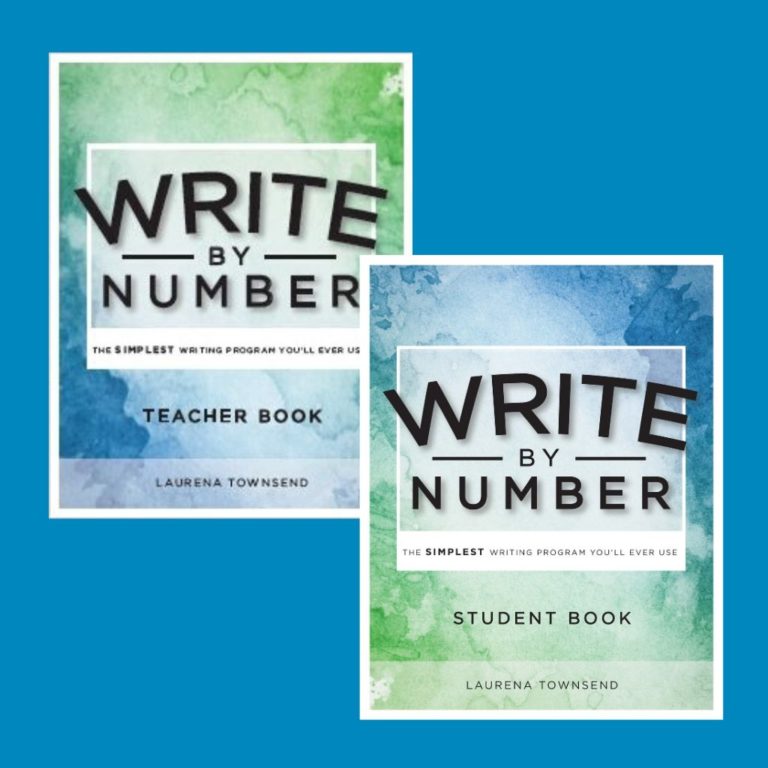
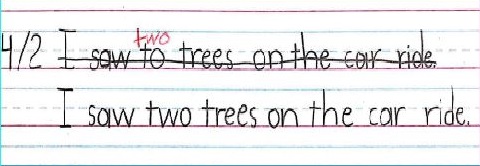
It all starts with a single sentence.
Every student starts at the beginning.
No placement tests, no grade levels.
Success comes through simple steps.
Students master skills a little at a time.
No big leaps in expectations for students.
No scary learning curve for teachers.
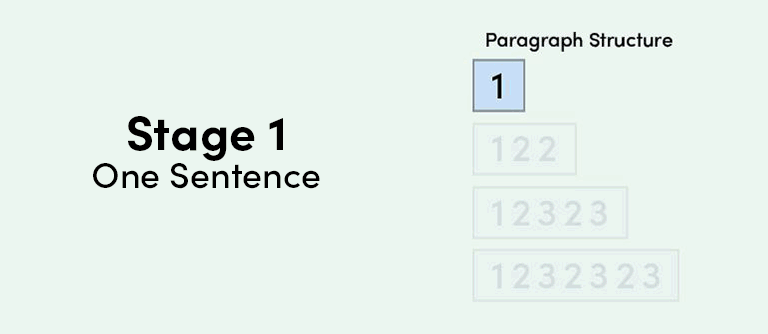
COUPON CODE: GHC10
Building essays is as simple as 1-2-3.
Write by Number guides you all the way.
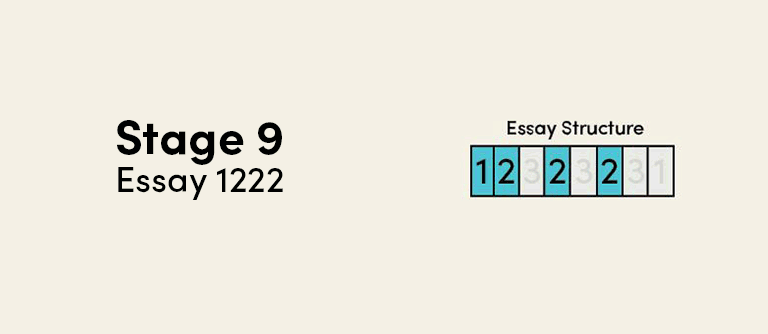
COUPON CODE: GHC10
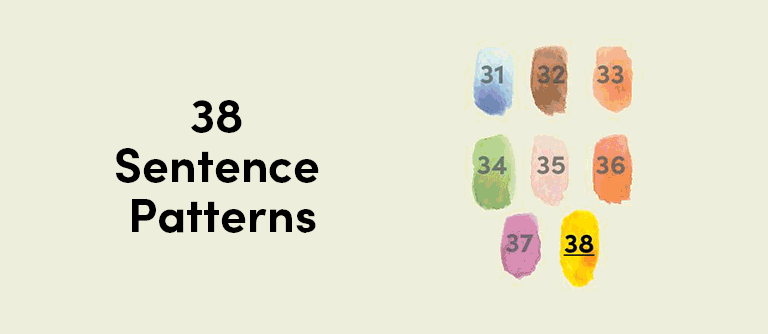
Equip your students to use their own creativity within a clear structure.
Write by Number teaches 38 Sentence Patterns, 11 Paragraph Themes, and five Essay Outlines.
Every assignment is included.
Open and go!
Teacher prep time is minimal.
Plug-in lesson plans will be available at Homeschool Planet.
Even grading is simple.
Students either move on or keep practicing until they've mastered the concept.
Objective standards take the guesswork out of grading assignments.
COUPON CODE: GHC10

As a former classroom teacher, AP essay grader, co-op instructor, and veteran homeschooler, Laurena Townsend knows how to help students in all settings succeed. Now you can do the same with Write by Number.
Developed over two decades, Write by Number has a proven track record of success.
As a pastor, I write for a living, and my job would be exponentially more difficult had I not learned to write well using this system. I can’t imagine having to make it through college without having learned this way of organizing my thoughts and words.”
The premise of Write By Number is that children must learn to write in a logical order, combining physical readiness with intellectual development. First, they must be able to physically read (not just decode) and write. Then, as they begin reading and are exposed for the first time to written language, they can begin creating the most basic structure of writing – a sentence – which is taught in Stage 1.
The typical setup is one book per person. Our basic set includes one Teacher Book and one Student Book.
“Money’s tight. Can my kids share the Student Book?” It depends on your circumstances. The books are non-consumable. If your kids share well and keep track of their belongings, you can order one Student Book for the early Stages. However, as you progress through the upper Stages of the program, your students will be referring to explanations and reference lists on a regular basis. So, you might start out with one Student Book and decide later to buy additional copies.
This is a mastery-based program. Students cannot go to the next stage until they have mastered the first. This is an absolute necessity.
I know it to be necessary because the students I’ve worked with who have not had the time to really master each Stage don’t do well in the long run. Just like we would never expect a child to be able to dribble a basketball down the court without first teaching him to hold the ball and dribble the ball, we can’t expect a student to write a paragraph before he can write a sentence. If the sentence is flawed, the paragraph is flawed.
Unfortunately, in a fear-based dash to meet legislated state standards, most writing curriculum throws common sense to the wind and pushes students onward before they are actually ready.
So, be committed to mastery. This process works. You’ll have to trust me on this because you won’t see the results right away; the results take time.
Writing and grading writing can be one of the most time-consuming aspects of education. This program removes this frustration, which means that this curriculum will actually GET DONE.
You can even make your life easier and combine subjects! If your students are practicing their handwriting and need to write sentences, have them write the sentences for WBN in their handwriting curriculum book/pages. If your students have learned two things in history, encourage them to write things like “I learned two things in history today,” or “I ran two laps during P.E.” These summary paragraphs can be submitted for grading in both subjects, cutting your grading time in half and their writing time in half.
Students will also be learning that proper writing skills are necessary in all subjects. One doesn’t just throw writing rules out the window when one switches to a different subject! However, if your students find it frustrating to be limited to writing about school subjects, and prefer to write about their personal interests, allow them to. Remember, one of the goals of teaching writing is to remove the frustration of writing.
This writing program can be used:
- with any language arts curriculum
- as a supplement when tutoring
- as one component in a self-constructed language arts curriculum
- in place of your language-arts curriculum’s writing component
If the school requires completion of certain writing assignments, you can alter the assignments to standards that fit where the student is in the WBN curriculum. For example, if a second grade assignment reads, “Write a descriptive essay of the main character in the story,” and your student is in Stage 5, you could change the assignment to, “Write a 12323 paragraph describing the main character in the story, using no to be linking verbs.”
One of the advantages of WBN is that because it is modular, it is not tied to a school year. You can do whatever else you want in the language arts curriculum and just carry on with WBN from year to year until the student reaches Stage 12.
If you are in a brick-and-mortar classroom, you may have only one year with your students. Can you use this program? Absolutely.
Start at the beginning and get as far as you can with each student. You might only get your students to the point of writing five-sentence paragraphs. That’s something! Do you know how many adults can’t write a good five-sentence paragraph?
Giving your students just the framework of thinking of concepts in terms of “powers” will shape their thinking, speaking, and writing, and might very well carry over beyond your classroom.
Absolutely! WBN teaches a student to write in a way that will earn competent to exemplary scores on any essay portion of a standardized test. If a student has also mastered the creative art of writing, has a large vocabulary, and has the gift of clear communication, he or she will score off the charts. In addition, students who complete WBN will have learned all the grammar and usage rules while learning to write, and therefore will be able to do well on the usage testing portion of the standardized exams.
